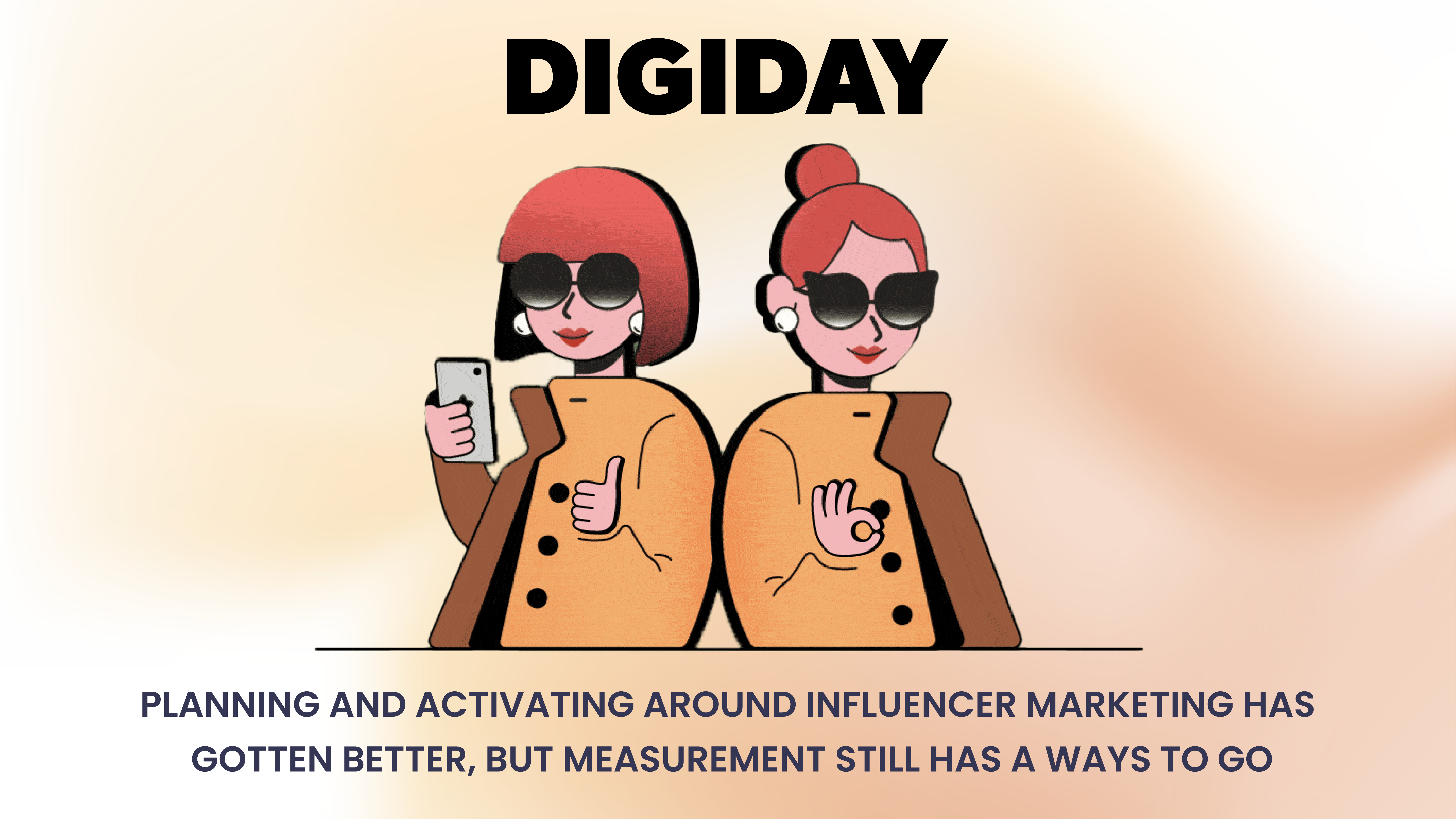The embrace of social influencers by the major platforms, from Facebook and Instagram to
newcomers like TikTok, has created a cottage industry — with a capital C.
That’s because capital from brands and marketers continues to pour into the relatively
nascent medium — eMarketer in January put out a report stating that three out of four
marketers spend dollars on influencer marketing, totaling some $4.14 billion this year.
The market is growing thanks in large part to the increased sophistication in tools to help
match the right influencer with the right brand, alongside improved activation elements
that inch brand-related efforts closer to the bottom of the purchasing funnel. But post-
campaign evaluation and tying in to attribution remains murkier than influencer
marketing’s proponents would like.
The field “is growing like wildfire — everybody’s curious about it, and wants to spend
more,” said Monika Ratner, vp of content marketing and business development at Blue
Hour Studios, a unit of Horizon Media. “But the main piece of feedback we hear that’s
holding our brands back, is they don’t understand what it’s doing for their business, which
is a completely fair question for them to ask and our job to answer.”
Megan Pagliuca, chief activation officer at Omnicom Media Group, said advancements
have been most notable in data-driven planning — the selection of influencers — as well as
the activation of multiple influencers at scale. “You can treat influencer marketing like a
media channel rather than a one-off PR initiative,” said Pagliuca. “There’s this balance of
being able to do it at scale while being able to still have bespoke work.”
What’s helped the industry, while making it much more crowded, is the explosion of
influencer networks and the companies that help evaluate influencers, from veteran firms
like CreatorIQ to Open Influence, which just three weeks ago launched a new tool called
GoPrism.
Open Influence’s CEO Eric Dahan said GoPrism’s database of more than 1 million
influencers, analyzes each of their posts, runs image recognition and text analysis, maps
against audience engagement, looks for anomalous activity from users, adds demographic
information of their audiences and employs fraud indicators and other brand-safety tools.
“We’re trying to create a taxonomy of influence,” said Dahan. “A lot of media buyers just
want to make sure they’re benchmarking against a cohort and not underspending or
overspending, especially if the rest of the industry tried some tactic and decided not to go
with it.”
Read Full Article here: Digiday






